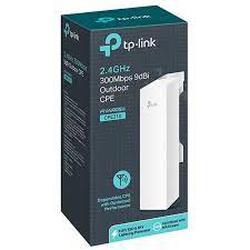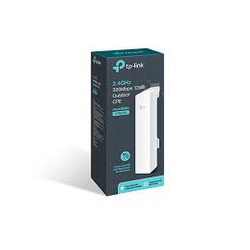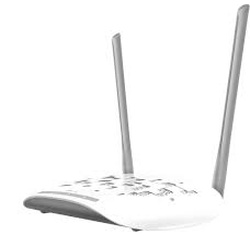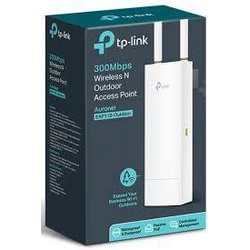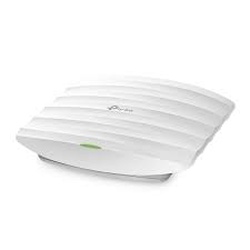
TP-Link 5GHz 300Mbps 13dBi Outdoor CPE - TL-CPE510
by TP-link
The TP-Link TL-CPE510 is a 5GHz outdoor Customer Premises Equipment (CPE) device designed to provide wireless connectivity over longer distances in outdoor environments.
- Wireless Connectivity: The TL-CPE510 operates on the 5GHz frequency band, which offers less interference and better performance compared to the 2.4GHz band. It supports wireless speeds of up to 300Mbps, providing fast data transfer rates for various applications.
- Long-Range Coverage: With its 13dBi high-gain directional antenna, the CPE510 is capable of establishing strong connections over long distances. This makes it suitable for bridging networks between remote locations or providing internet access to areas that are difficult to reach with traditional Wi-Fi routers.
- Outdoor Design: The CPE510 is designed to withstand outdoor conditions. Its weatherproof enclosure protects the device from elements like rain, wind, and dust, allowing it to operate reliably in various weather conditions.
- Point-to-Point and Point-to-Multi-Point Configuration: The CPE510 supports both point-to-point and point-to-multi-point configurations. This means you can use it to create a direct wireless link between two locations (like connecting two buildings), or you can set up multiple CPE510 devices to provide internet access to multiple remote locations from a central source.
- Passive PoE Support: The CPE510 supports Power over Ethernet (PoE), specifically passive PoE, which simplifies installation by allowing both data and power to be transmitted over a single Ethernet cable. This is especially useful in outdoor scenarios where running separate power cables might be difficult.
| SKU | 2010 |
|---|
Reviews
This product does not have any reviews yet.
Add your reviewDescription
TP-Link 5GHz 300Mbps 13dBi Outdoor CPE - TL-CPE510
The TP-Link TL-CPE510 is a 5GHz outdoor CPE (Customer Premises Equipment) designed to provide reliable wireless connectivity in outdoor environments. It's particularly suitable for long-distance wireless bridging and network extension.
Features
Frequency Band: The TL-CPE510 operates on the 5GHz frequency band, which is less congested compared to the 2.4GHz band, providing better performance and less interference in environments with multiple wireless devices.
Wireless Speed: It offers a wireless speed of up to 300Mbps, which enables fast data transmission and a stable connection for activities such as internet browsing, video streaming, and online gaming.
High Gain Antenna: The CPE510 is equipped with a 13dBi directional antenna. This high-gain antenna helps focus the wireless signal in a specific direction, allowing for better long-range coverage and improved signal strength.
Outdoor Design: Designed for outdoor use, the CPE510 is built to withstand various weather conditions. It typically comes with IPX5 waterproof certification, ensuring its durability and ability to operate in different outdoor environments.
Point-to-Point and Point-to-Multipoint Modes: The TL-CPE510 supports both point-to-point and point-to-multipoint wireless bridge connections. This means you can use it to establish a direct link between two locations (point-to-point) or to connect multiple remote locations to a central access point (point-to-multipoint).
Passive PoE: The device is powered using Passive Power over Ethernet (PoE) technology. This allows you to transmit both data and power over a single Ethernet cable, simplifying installation and reducing the need for separate power cables.
Easy Installation and Management: TP-Link usually provides easy-to-use management software that enables you to configure and manage the CPE510 settings. This can include adjusting wireless parameters, security settings, and monitoring the device's performance.
Security Features: The device typically supports various encryption protocols to secure your wireless communication, such as WPA/WPA2 encryption, which helps protect your network from unauthorized access.
Ideal Use Cases: The TL-CPE510 is often used in scenarios where wired infrastructure is not feasible or cost-effective, such as connecting remote buildings, extending network coverage to outdoor areas, providing internet to outdoor events, or establishing wireless links between different points.


